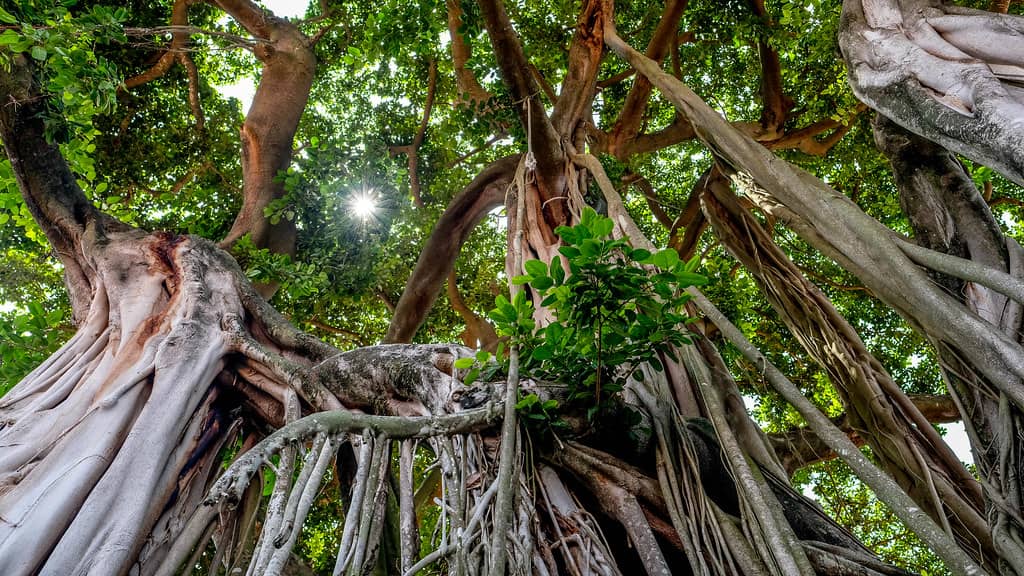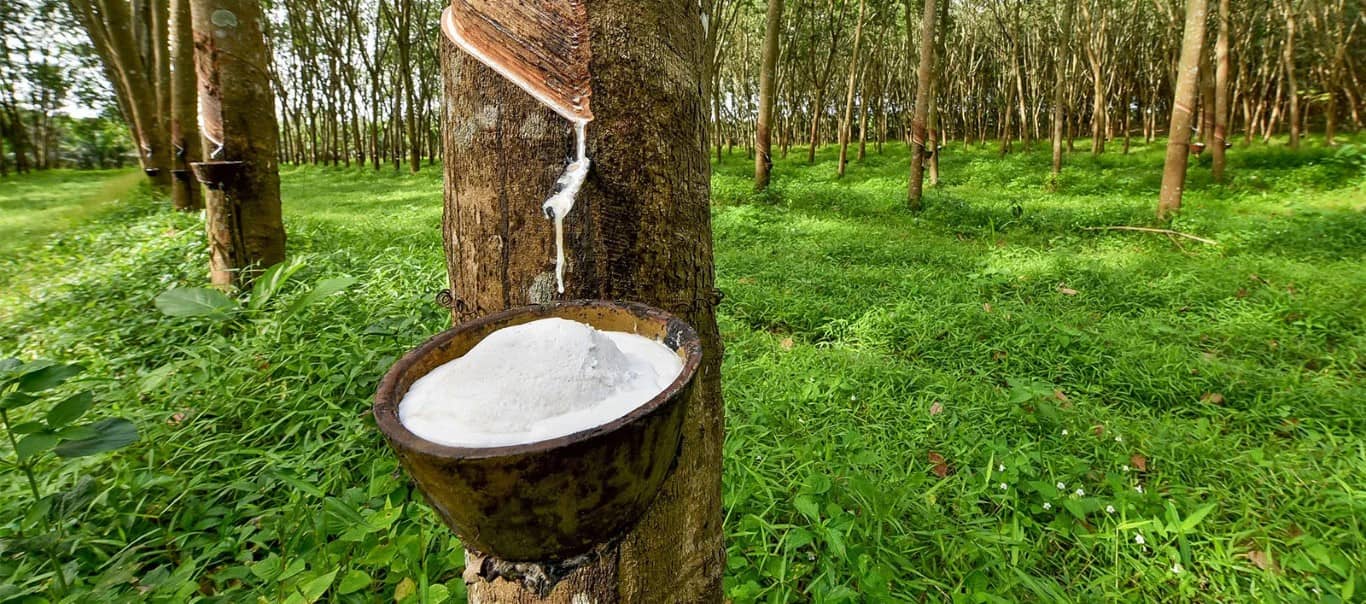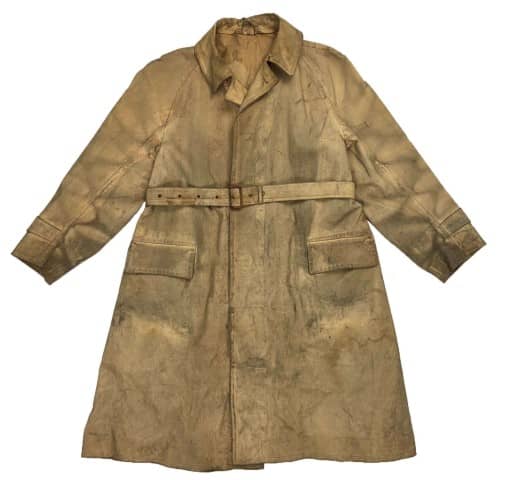Where Does Rubber Comes From?
Where does rubber come from?
Natural rubber is extracted from latex, a white milky liquid that can be found in approximately 10 per cent of all plants including dandelions and lettuces. The primary source of natural rubber is cultivated from the latex in Hevea Brasiliensis trees. Hevea Brasiliensis is a species native to the Amazon rainforest in South America which is housed by nine different countries. To this day, we still have not found another plant species that produces a higher quality latex.
These trees were non-existent anywhere else in the world until 1876, when a British explorer, Henry Wickham smuggled 70,000 seeds out of Brazil where the majority of the Amazon rainforest is held. Wickham negotiated a deal to sow these seeds at Kew Gardens in London. Most of these seeds were shipped over and used to grow rubber plantations in the British Colonies including Indonesia, Sri Lanka, and Malaysia. By 1928, there were over 80,000 Hevea Brasiliensis growing in these overseas territories.
To this date, these countries are the world's leading producers of natural rubber and over 90% of natural rubber is produced in Asia. The production of cultivating latex begins after 5-6 years of growing the tree.

What is the history of rubber?
It all began in 1500 BCE when natural rubber was discovered by the indigenous peoples of Mesoamerica. The Olmecs, the first tribal society to inhabit what we now call Mexico, discovered natural rubber when they saw the sap oozing out of the Castilla Elastica tree.
This is where their name came from as the Olmec's in their native tongue means: the rubber people. As time went by, rubber became a common use for tribes old and new until it was discovered by European explorers and colonisers. Where they transformed it into what rubber is used for today.
In this section, we will find out where rubber came from and how it rose to prominence to be one of the most popular materials for commercial use.
So, what Is the story of rubber? To paint you a picture, we have compiled the history of rubber dating back to its infancy all the way through to the present. Sit back and enjoy the ride. We're taking a trip back to the Americas over 1000 years ago.
What is the origin of rubber?
Natural rubber comes from the Castilla Elastica and Hevea Brasiliensis rubber trees which are native to Mesoamerica. Rubber has been around for generations.
The Olmecs (the Rubber People) discovered natural rubber in 1500 BC and used it to introduce the Mesoamerican ballgame, this game is where the Olmecs got their namesake. This practice was passed down from tribe to tribe until the colonial era.
Natural rubber was permanent fixture in Mesoamerica during the postclassic period between 900-1521. Legend has it, a Mayan tribeswoman was walking through the forests of Guatemala and saw a tree (Castilla Elastica) secreting latex. The Mayas were very spiritual and one with nature, and the tribeswoman was under the impression that the tree was weeping. She took a sample and explained the phenomena she experienced whilst presenting the substance to the tribal chief, who was intrigued by its texture and characteristics.
One of the most common tales is that in 1493, Christopher Columbus discovered rubber when he was exploring the country later to be known as Haiti. He saw children playing a game with some sort of bouncy ball, which he had never seen before. Multiple records confirm that many tribes based in Mesoamerica, the Aztecs, Mayas, Zapotecs, Incas and Mixtecs etc. had discovered and utilised the latex from these trees and mixing it with juice from morning glory vines. They created balls for games and waterproofing agents that kept their belongings dry.
The late 1400's and 1500's spelt the end for many of these tribes as the European conquests began and the colonial era took hold of Mesoamerica. Natural rubber was brought to Europe and at the time, it was a tricky material to use and rather impractical. Europeans were so perplexed by the material that some considered it witchcraft. It was sticky in hot weather as well as being stiff and brittle in cold weather. Rubber wasn't utilised to the best of its ability until a few centuries later. In the 1770s, chemist, philosopher and discoverer of oxygen Joseph Priestly, christened the substance as rubber owing to the material's ability to erase or “rub out” pencil marks.
Are there alternative sources for rubber?
Natural rubber can also be sourced from Guayule, a shrub that grows in Northern Mexico. These areas are usually hot and do not encounter much rainfall, guayule thrives under these conditions. The rubber element can be found in the stem and roots. Another alternative source is the Kazak/Russian dandelion which grows in mild temperatures. The rubber can be extracted from the root, this plant contains the carbohydrate inulin which is used for many purposes, including food, medicine, biofuels and bioplastics. Both of these sources are considered a work in progress.
Hevea Brasiliensis is the key source of Rubber, accounting for 99% of all natural rubber production. It's important to explore other avenues for rubber as the Hevea Brasiliensis does come with its setbacks. The trees are only planted in Asian plantations and are prone to diseases. They're all planted in close proximity to one another so, one tree can act as a contagion for the entire family. This would be catastrophic; the plantation would lose thousands of trees and ample amounts of money with no rubber to harvest and on top of that not being able to cultivate rubber for several years.
Another reason for finding another source is that the proteins in natural rubber are highly allergic to some people and in the smallest of doses could be dangerous to their health. A classic example of this is the use of latex gloves which are rarely used in the workplace now due to the possibility of an employee suffering from an allergic reaction.
Castilla Elastica Vs. Hevea Brasiliensis
Castilla Elastica (Panama rubber tree) was used by the majority of the tribes in Mesoamerica as it grew in the northern regions of Mexico and the majority of Central America. The reason this tree isn't being exploited like Hevea Brasiliensis is that their innards are very different. Hevea Brasiliensis has a connected system of tubes which transports the latex out of the tree. Castilla Elastica has no connected system making it more difficult to extract the latex.
How is rubber made?
Latex is collected from the trees by “tapping”. This method involves a thin strip of bark being pulled back from the tree which reveals the latex. The strip is cut in a spiral causing the latex to ooze out from the incision and flow down the spiral to be collected into a container. Preservatives such as ammonia are added to the collection cups to stop the latex from solidifying. After excessive tapping, the trees are left to rest for 1-2 seasons, depending on the level of rainfall.

What is rubber 'tapping'?
Tapped latex consists of rubber particles suspended in a serum, containing mainly water. Originally, the South American Indians obtained solid rubber by drying out the latex over fires. Nowadays, more sophisticated methods of extracting rubber have been developed, depending on the intended use of the final product. Natural rubber can be sold as a liquid concentrate or processed into dry solid rubber.
The latex collected from the tree contains only around 30% the weight of rubber. Latex concentrate is processed by removing some of the water, increasing the rubber content to around 60% solid. The water is removed either by evaporation, adding chemical agents or using a centrifugal force to spin the water out of the latex.
The processing of the latex into a solid rubber involves the addition of an acid like formic acid (also known as methanoic acid). Adding acid to the latex will cause it to coagulate (solidify) and the rubber particles will join to form lumps. Once the rubber has solidified, the water can be removed leaving behind the coagulated rubber. The coagulated rubber can be formed into thin ribbed smoked sheets by passing the rubber through a series of rollers, which help to get rid of any excess water. Finally, the sheets are dried in smokehouses for up to a week.
When was natural rubber utilised?
In the 1800's, a renaissance for rubber began. Firstly, in the 1820s, Charles Macintosh invented his take on waterproof clothing harking back to the Mesoamerican's primary use for rubber. Macintosh however went further with the invention creating a waterproof coat which still to this day is named after himself.

When did natural rubber become in demand?
By 1906, the global output of natural rubber had risen to 60,000 tons and rubber was widely used in many applications including pneumatic tires, life jackets, gloves, hoses, seals, and valves. Natural Rubber continued to grow in popularity, so much so that there simply were not enough trees on the planet to accommodate. Chemists saw the opportunity and looked into recreating the properties of rubber.
What was rubber used for in World War II?
During the second world war, rubber became a vital material and was used for gas masks and military vehicles. However, during this time it became increasingly difficult and expensive to transport natural rubber from Asia. The scarcity of natural rubber led to many countries trying to develop man-made materials which could be used in place of it. The first successful artificial rubbers, Buna S (Styrene Butadiene Rubber, commonly referred to as SBR) and Buna N (Nitrile Rubber) were developed in Germany by 1935. Roll around to 1941 and Germany was producing 70,000 tonnes of synthetic rubber a year. By 1945 the U.S surpassed this by a landslide producing 820,000 tonnes.
